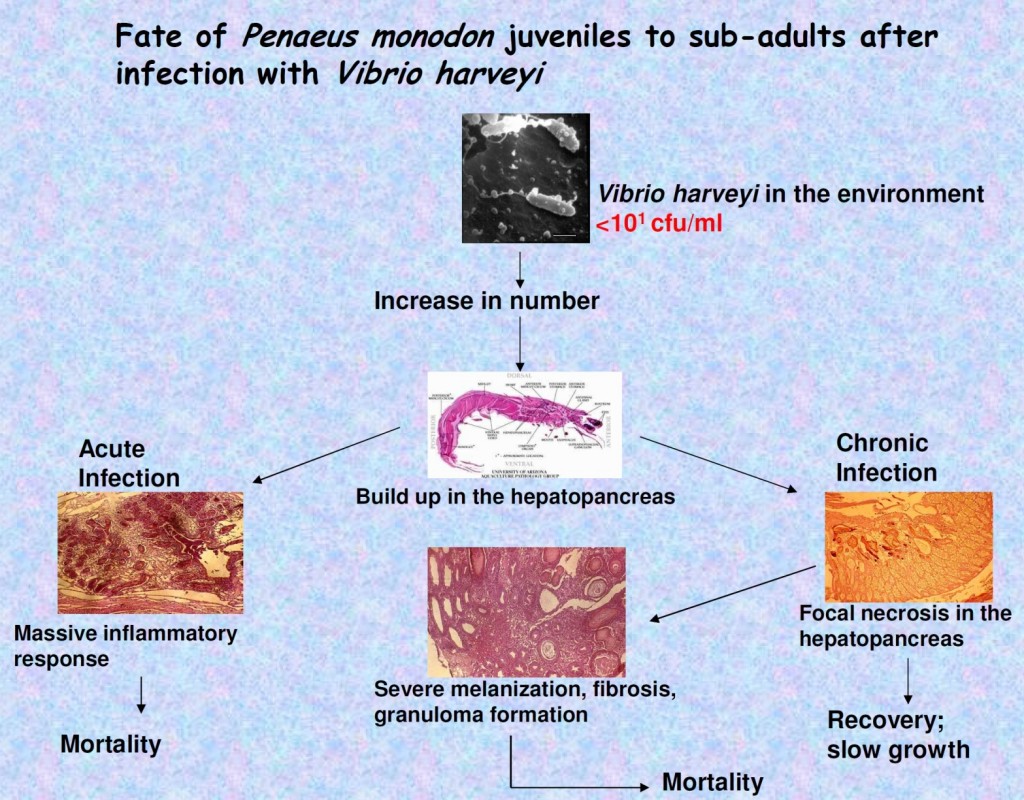
Shrimp aquaculture production in much of the world is depressed by disease, particularly caused by luminous Vibrio and/or viruses. Antibiotics, which have been used in large quantities, are in many cases ineffective, or result in increases in virulence of pathogens and, furthermore, are cause for concern in promoting transfer of antibiotic resistance to human pathogens. Probiotic technology provides a solution to these problems.
The microbial species composition in hatchery tanks or large aquaculture ponds can be changed by adding selected bacterial species to displace deleterious normal bacteria. Virulence of luminous Vibrio species can be controlled in this manner. Abundance of luminous Vibrio strains decreased in ponds and tanks where specially selected, probiotic strains of Bacillus species were added. A farm on Negros, in the Philippines, which had been devastated by luminous Vibrio disease while using heavy doses of antibiotics in feed, achieved survival of 80 – 100% of shrimp in all ponds treated with probiotics.
The use of beneficial bacteria (probiotics) to displace pathogens by competitive processes is being used in the animal industry as a better remedy than administering antibiotics and is now gaining acceptance for the control of pathogens in aquaculture. The term “probiotic” has been defined as: “a probiotic is a mono- or mixed culture of live microorganisms that, applied to animal or man, affect beneficially the host by improving the properties of the indigenous microflora”.
Unlike land animals, aquatic farmed animals are surrounded by a milieu that supports opportunistic pathogens independently of the host animal, and so the pathogens can reach high abundance around the animal. Vibrio grow attached to algae, and may reach high population densities after being ingested with the algae and then excreted with lysed algae in faecal pellets by zooplankton; they are gut bacteria in fish and shrimps as well as zooplankton. In aquaculture ponds, where animal and algal population densities are very high, Vibrio numbers are also high compared to the open sea. The onset of shrimp disease due to exposure to high numbers of Vibrio, especially when pathogenicity has increased by overuse of antimicrobial compounds indicates that a defense is needed.
Microbial ecology and biotechnologies have advanced in the last decade, to the point that commercial products and technologies are available for treating large areas of water and land to enhance population densities of particular microbial species or biochemical activities. The practice of bioremediation (or bioaugmentation) is applied in many areas, but success varies greatly, depending on the nature of the products used and the technical information available to the end user. The bacteria that are added must be selected for specific functions that are amenable to bioremediation, and be added at a high enough population density, and under the right environmental conditions, to achieve the desired outcomes. Bioaugmentation and the use of probiotics are significant management tools for aquaculture, but their efficacy depends on understanding the nature of competition between particular species or strains of bacteria. They rely on the same concepts that are used successfully for soil bioremediation and probiotic usage in the animal industry.
Source: David J. W. Moriarty
Biomanagement Systems Pty. Ltd., 315 Main Road, Wellington Point. Queensland 4160 Australia, and Department of Chemical Engineering, The University of Queensland. Qld. 4072 Australia
| Nguồn: Theo David J. W. Moriarty Vui lòng ghi rõ nguồn thuysan247.com khi sao chép bài viết này. Liên hệ cung cấp thông tin và gửi tin bài cộng tác về email [email protected]. Nhấn nút "quan tâm" nếu bạn muốn nhận thông tin cập nhật từ chúng tôi trên Zalo. |


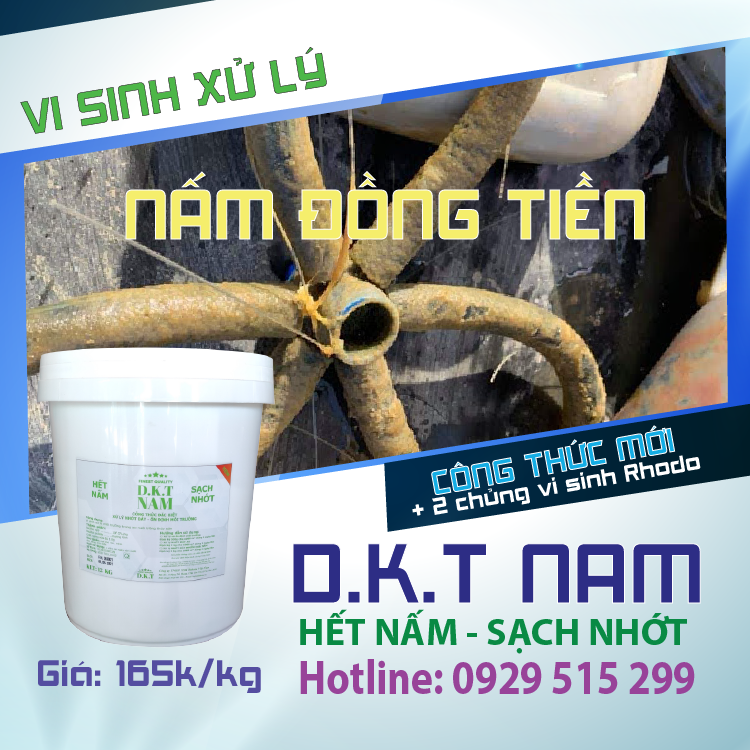
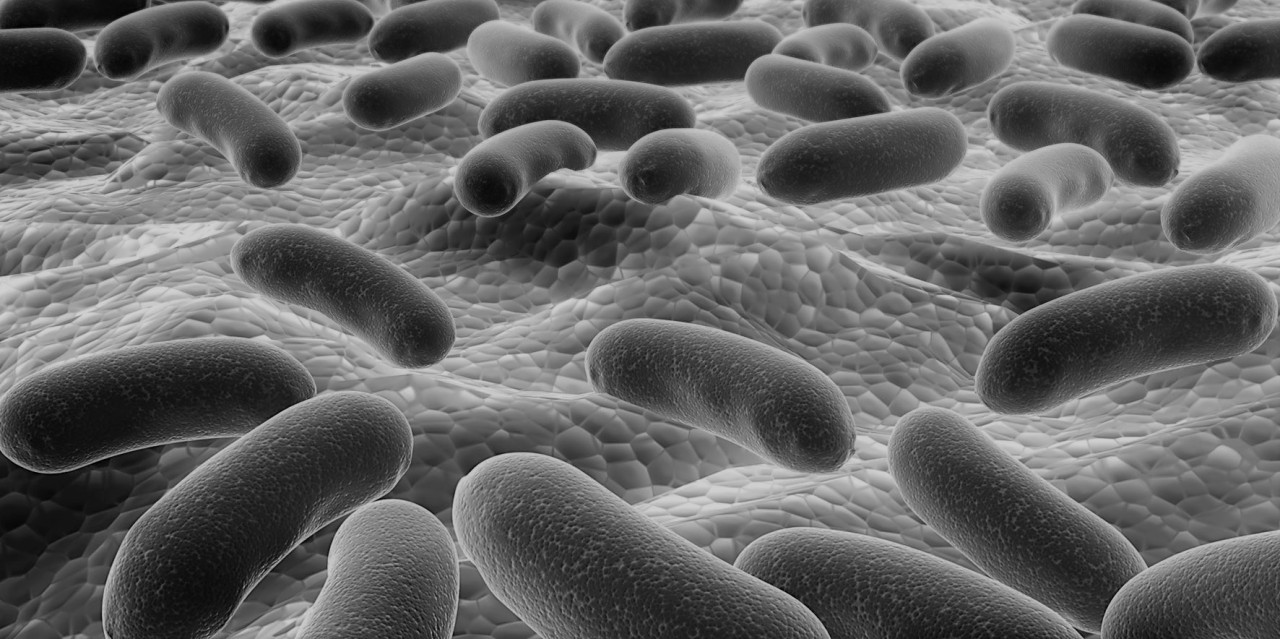
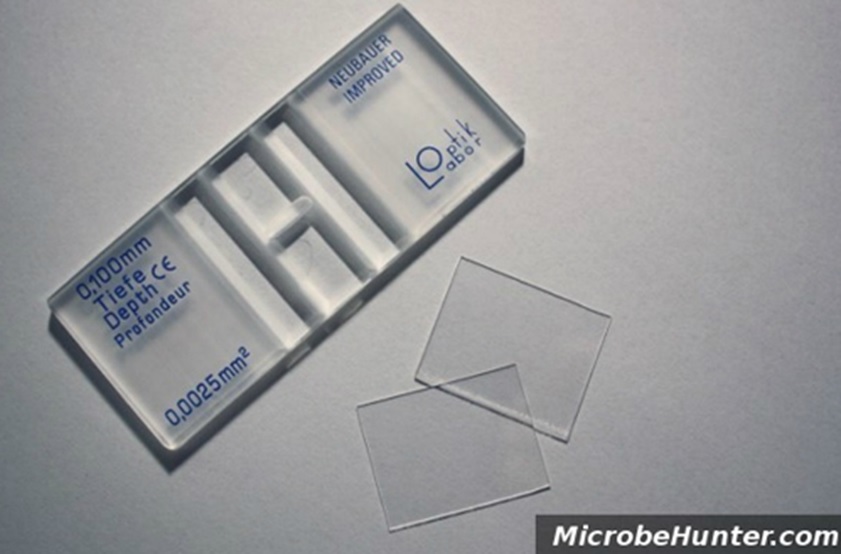
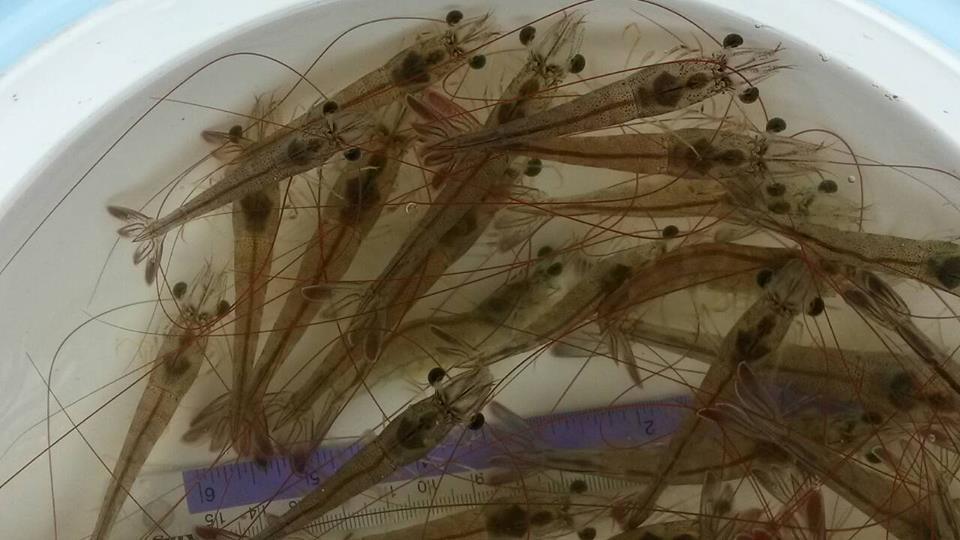
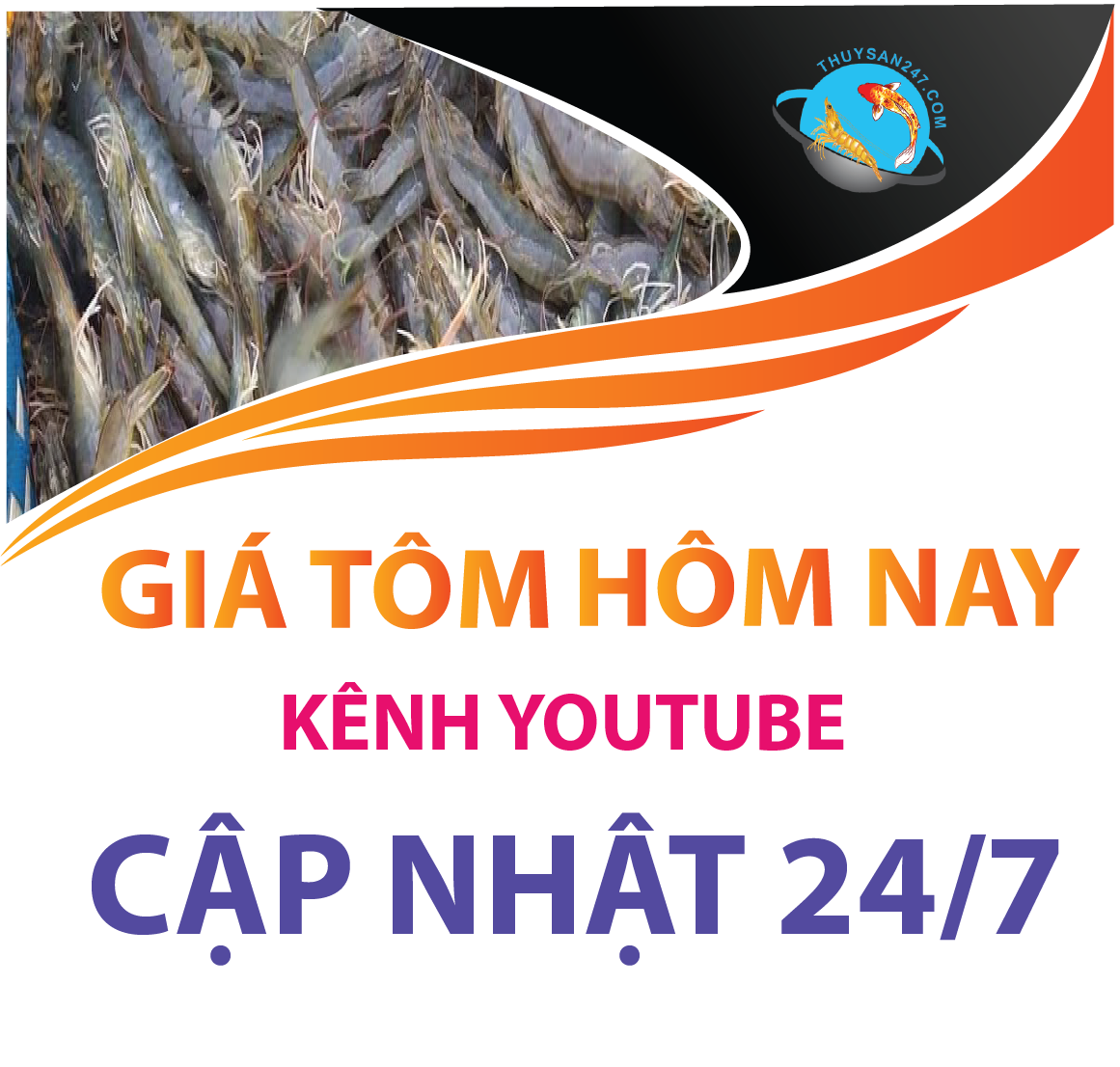
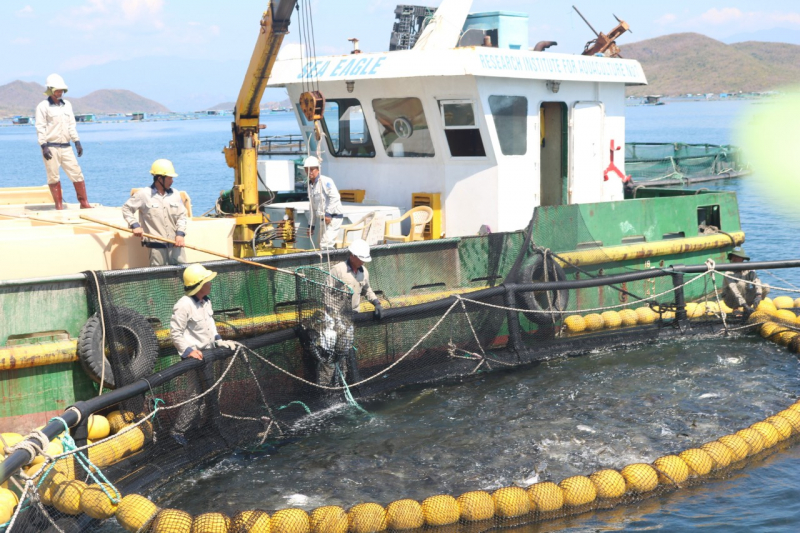
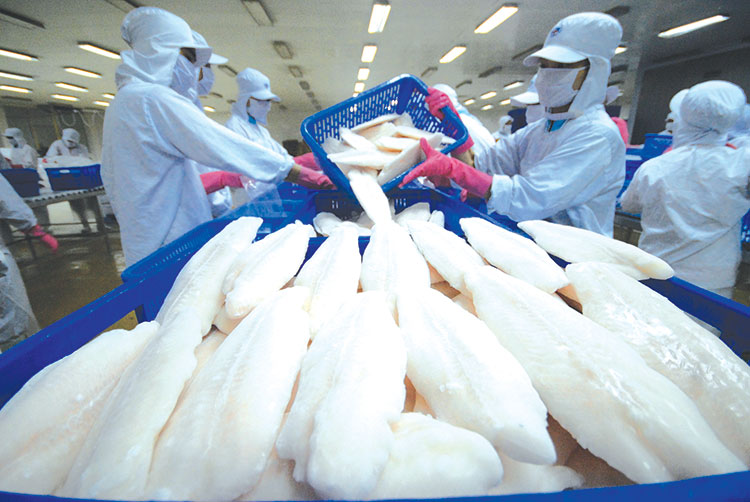
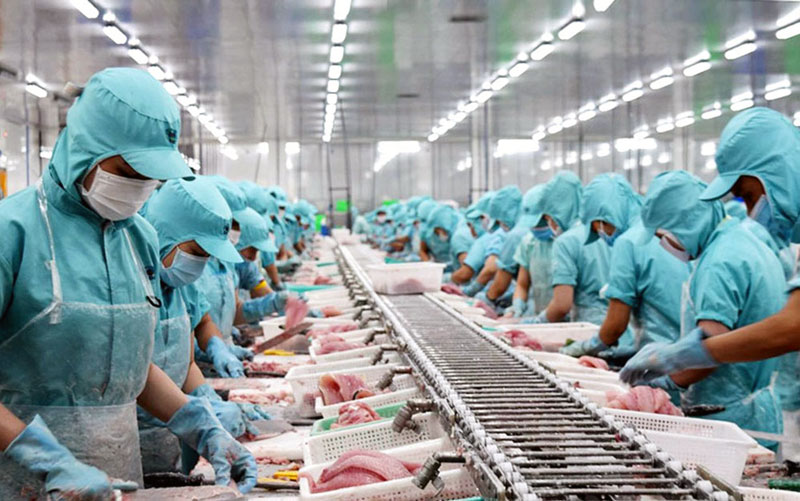
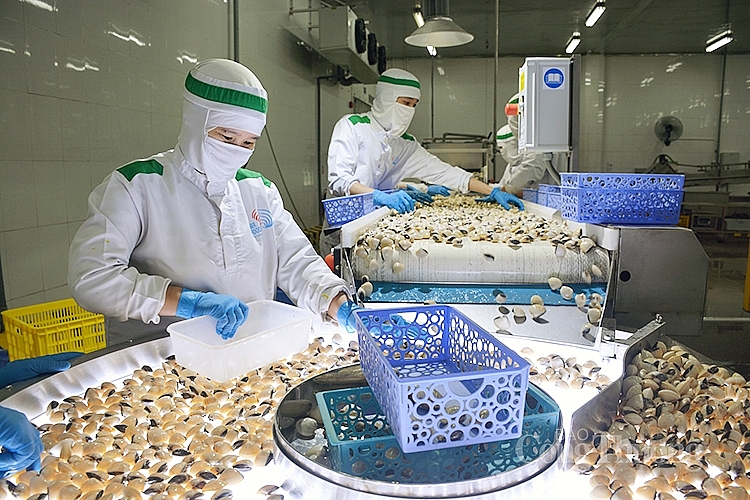
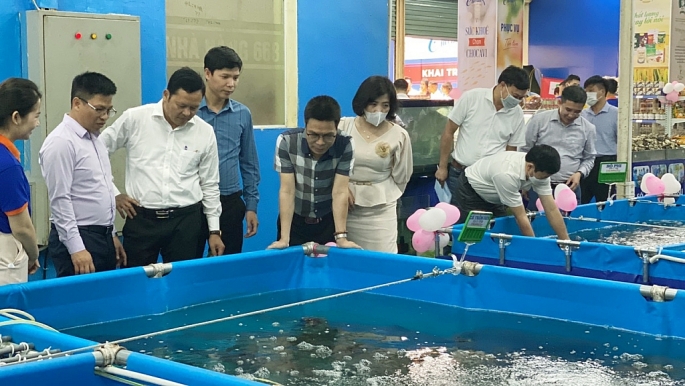

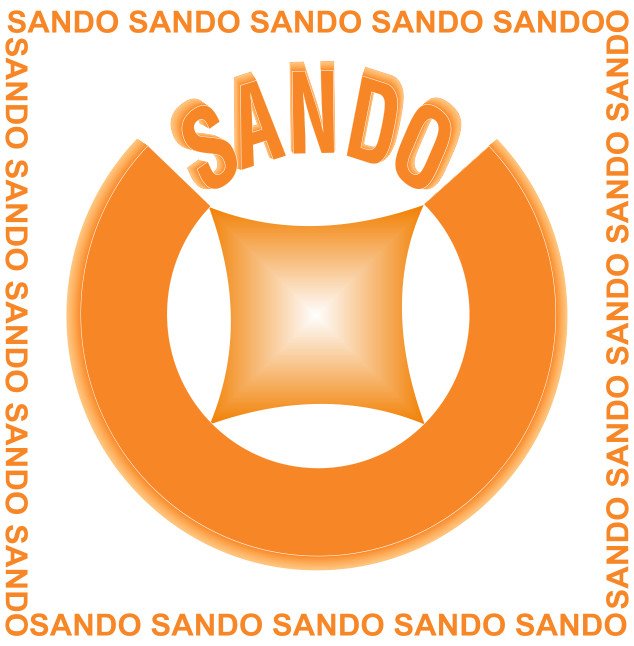
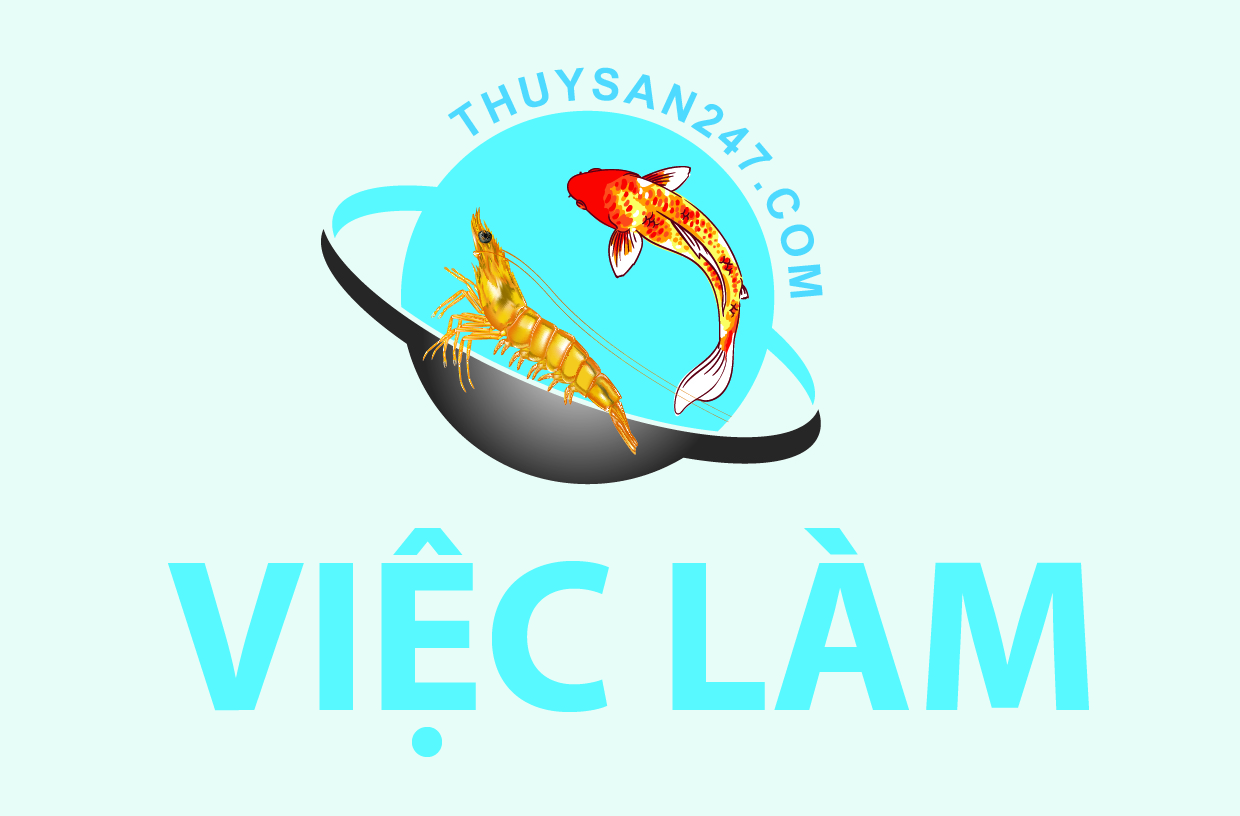
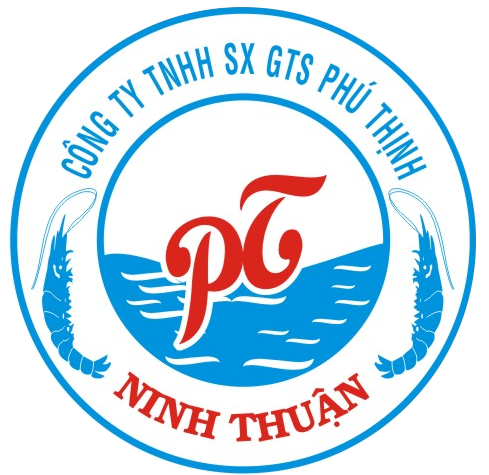
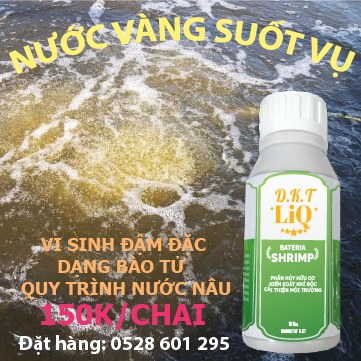

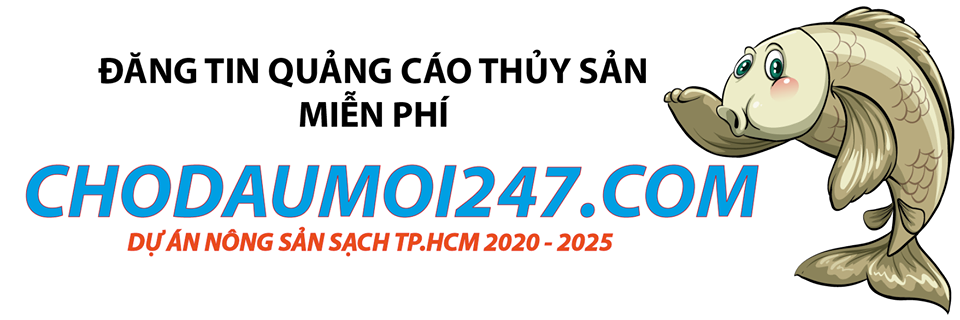
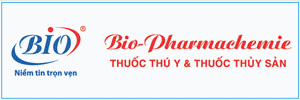
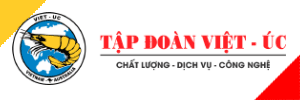

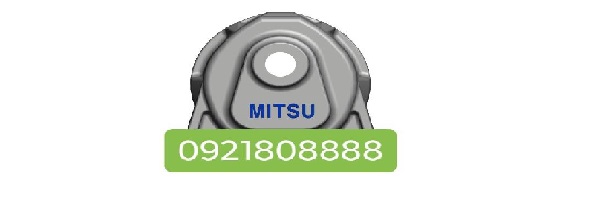
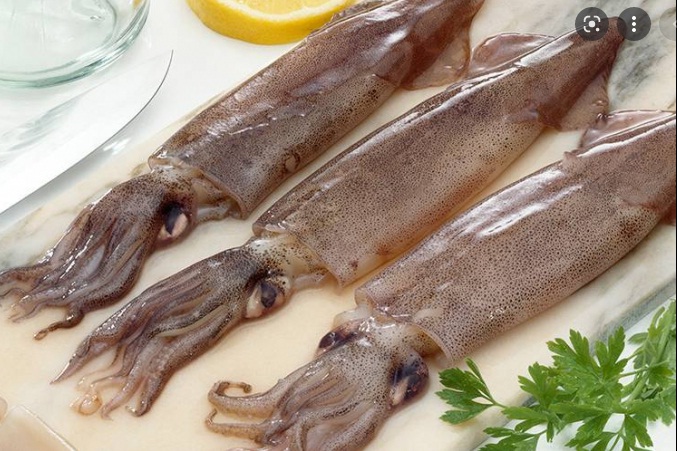
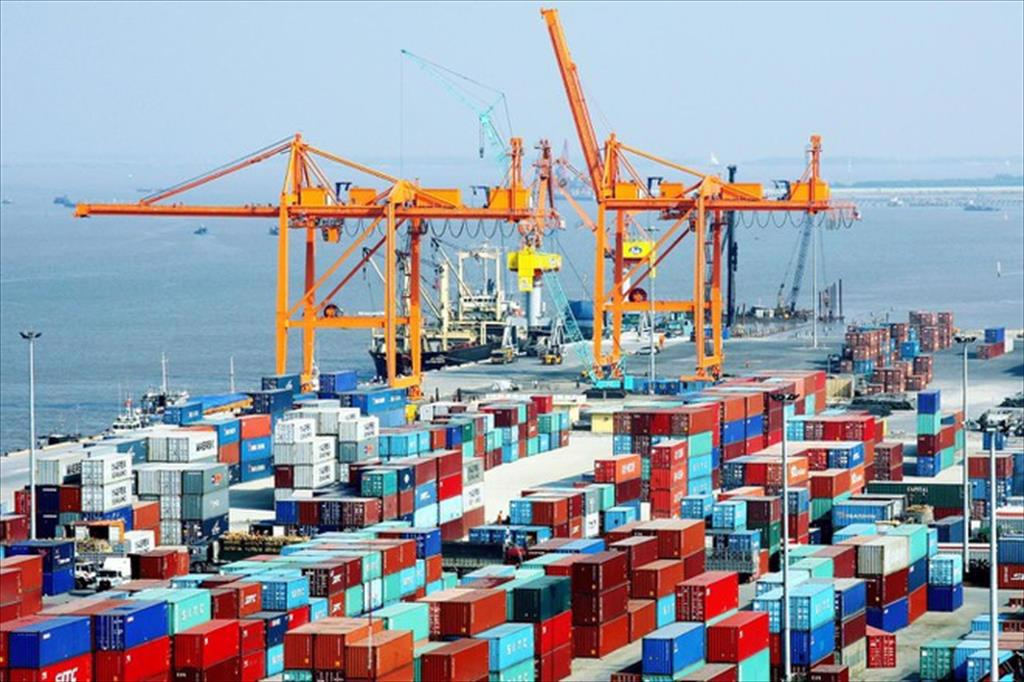
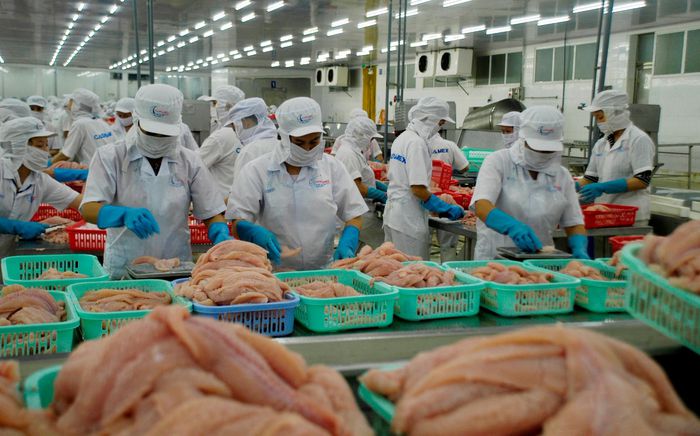
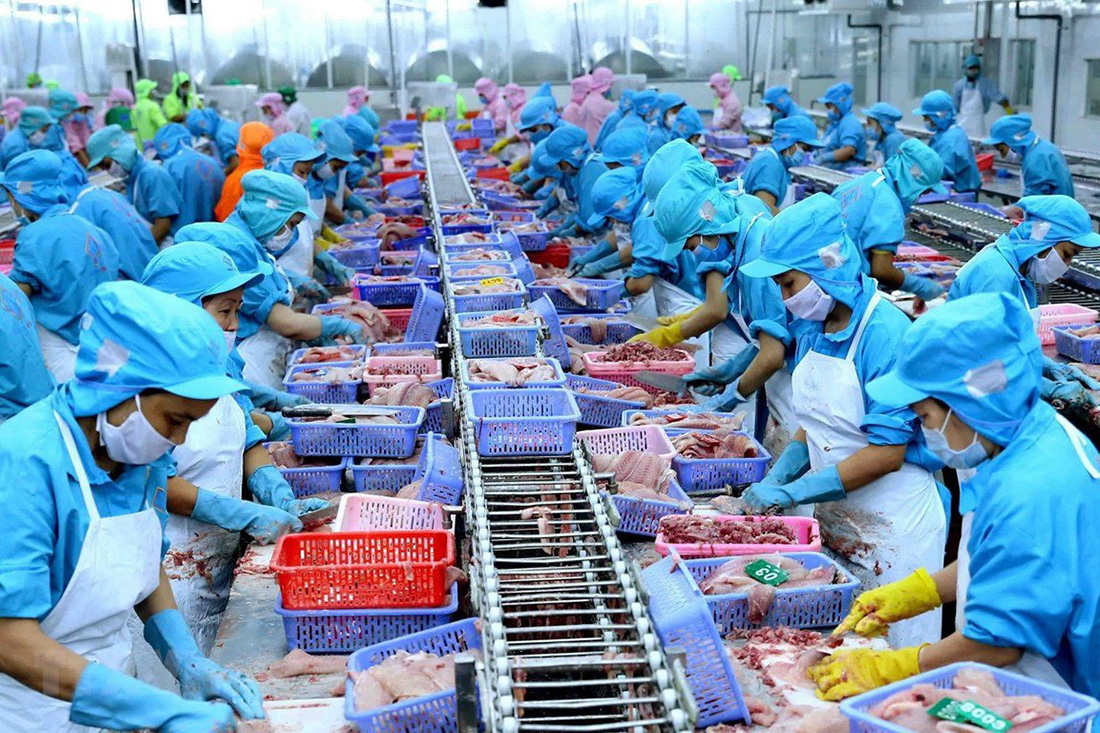
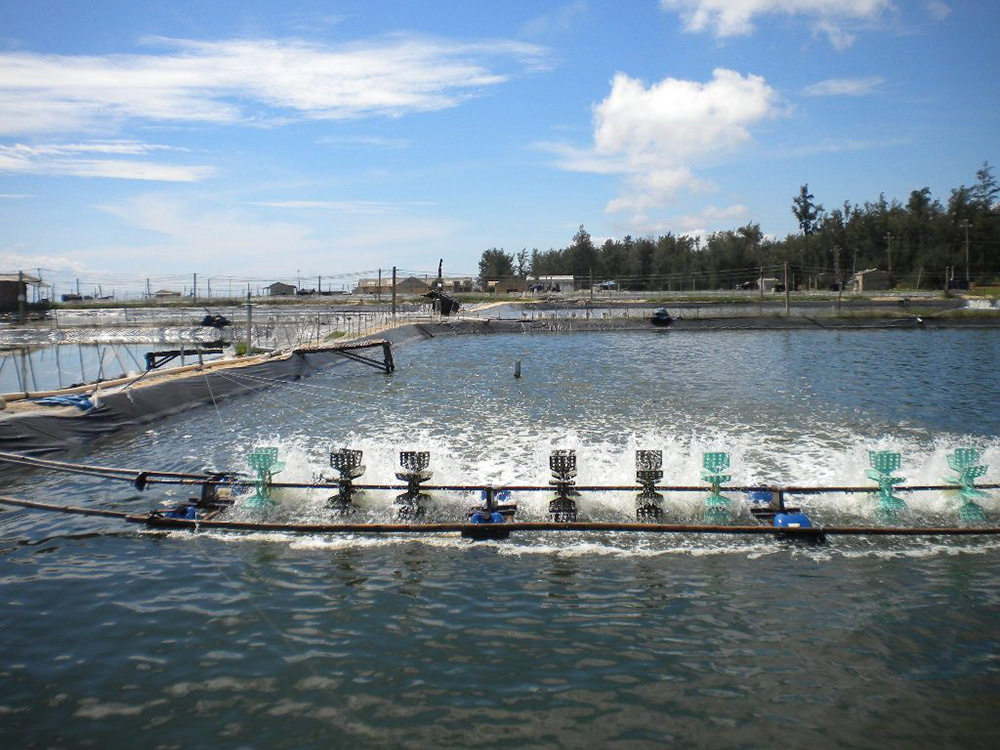
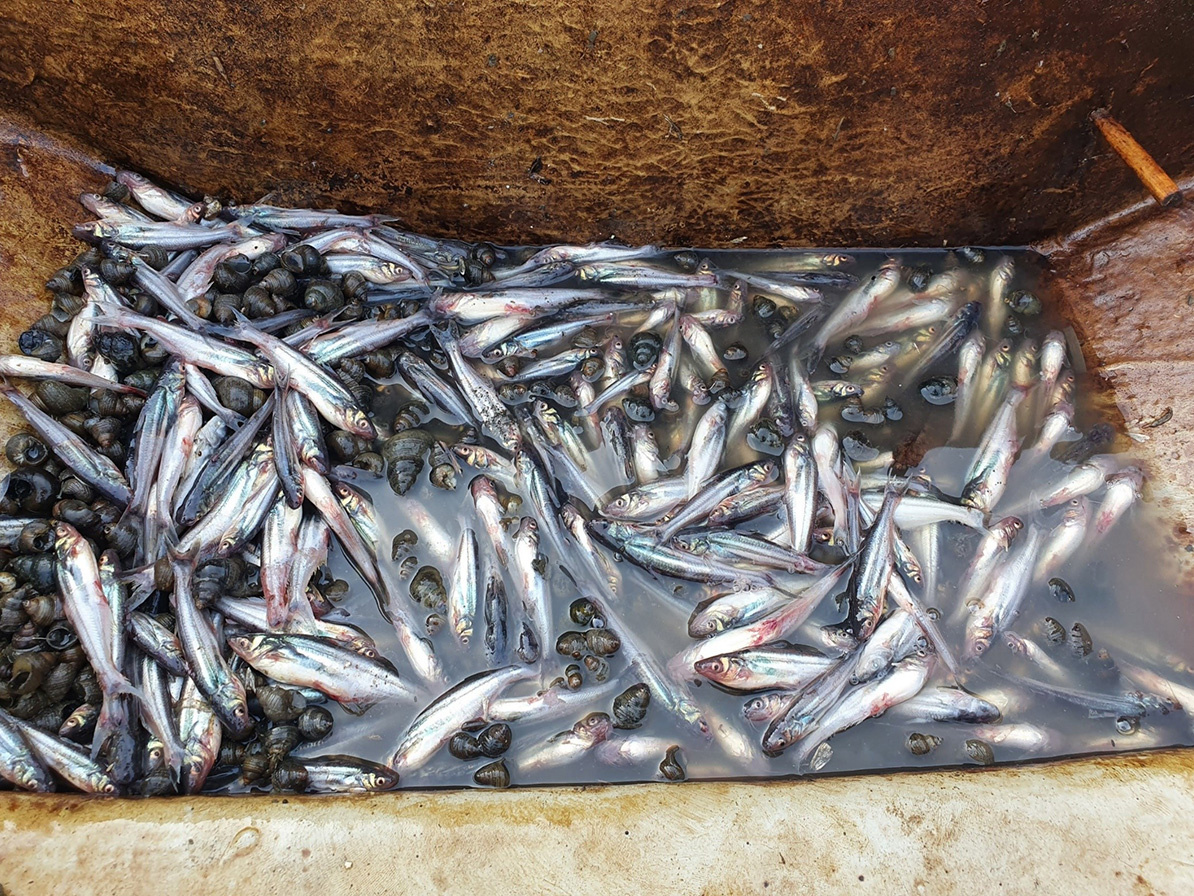
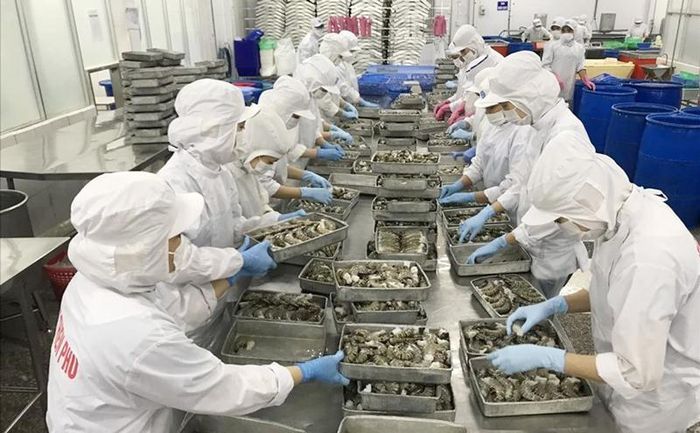
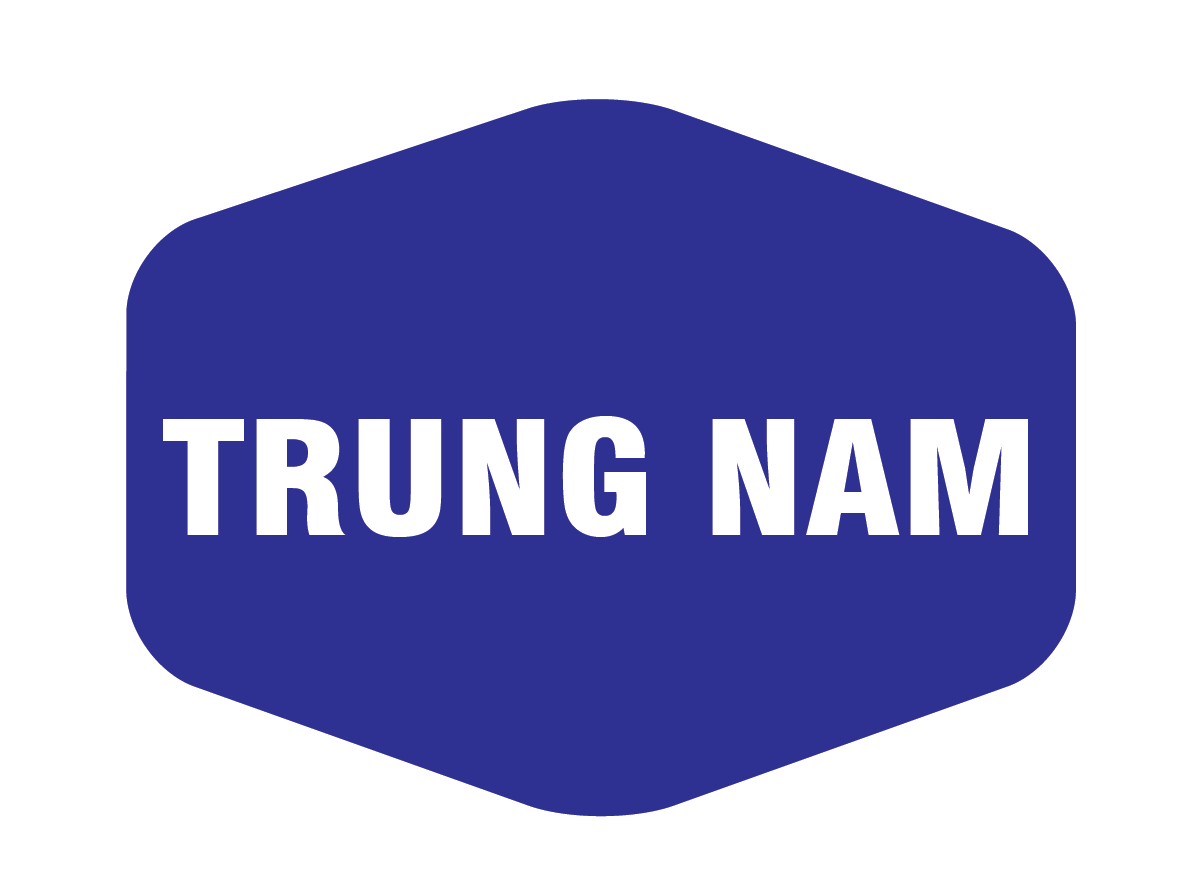




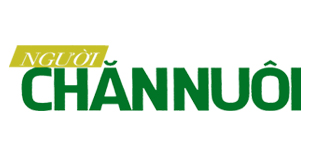

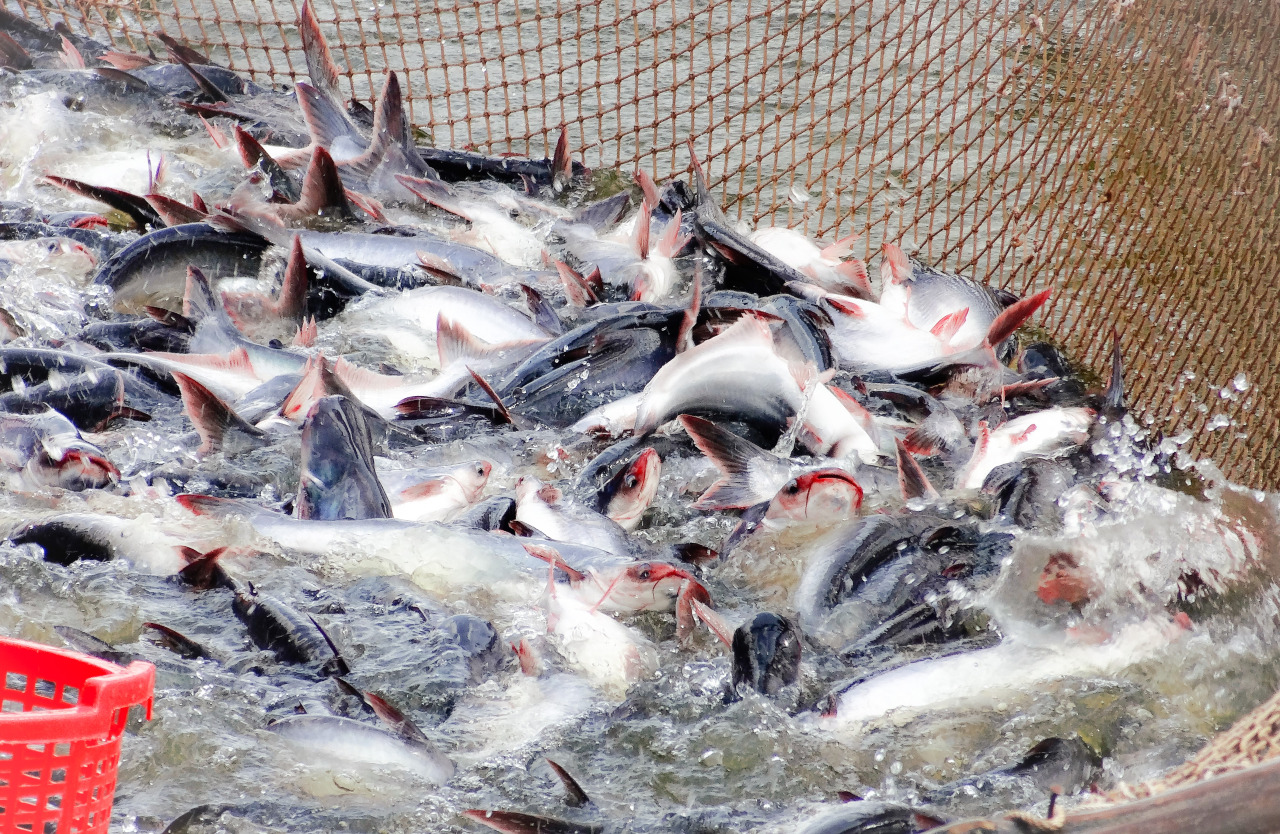
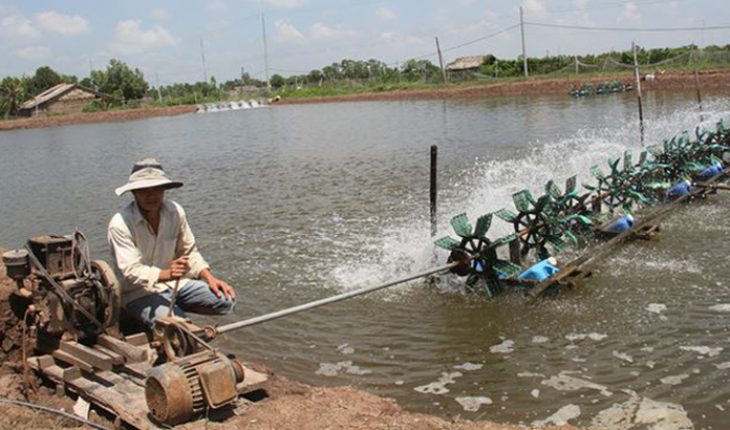
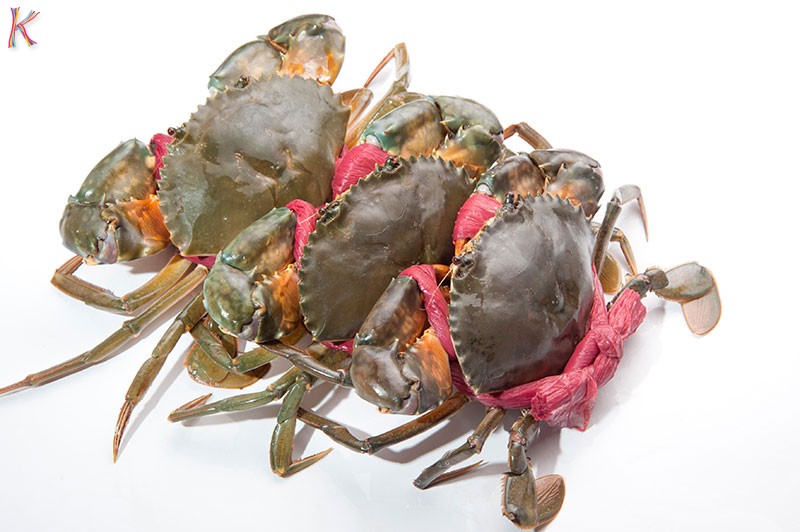
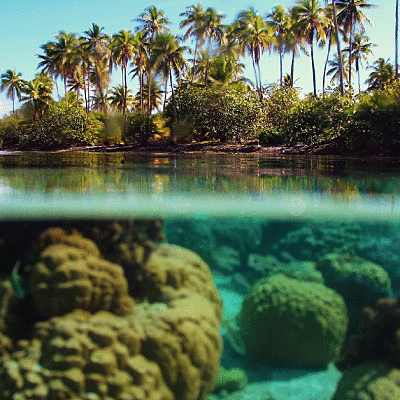
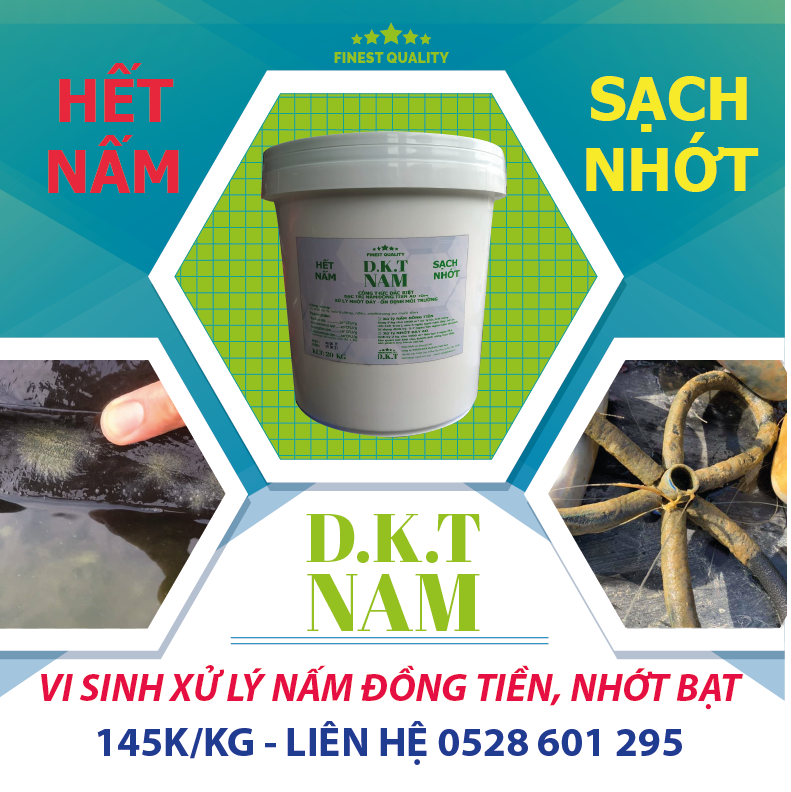
Bình luận bài viết